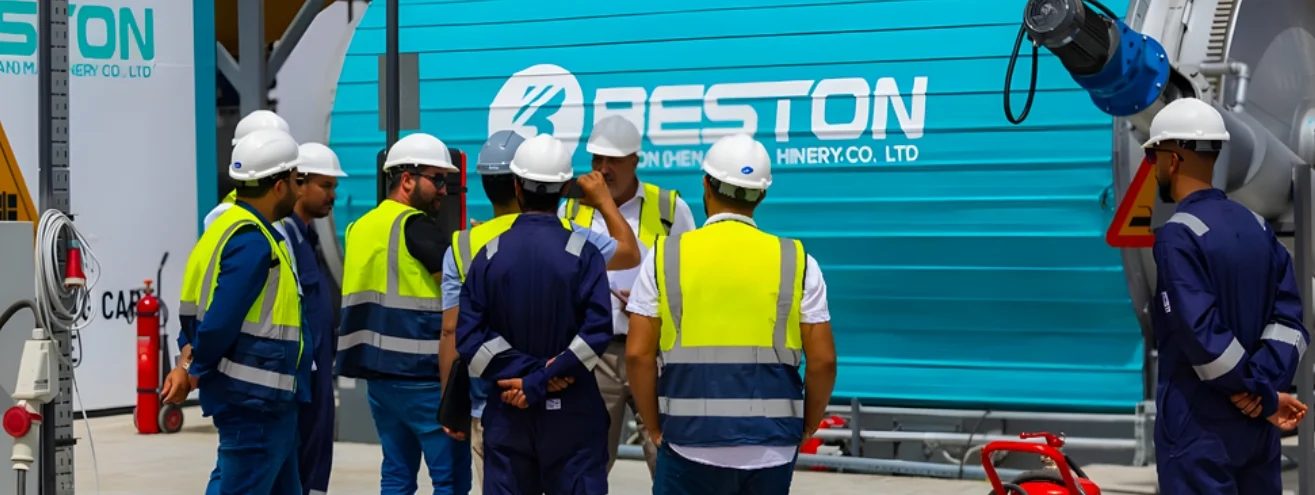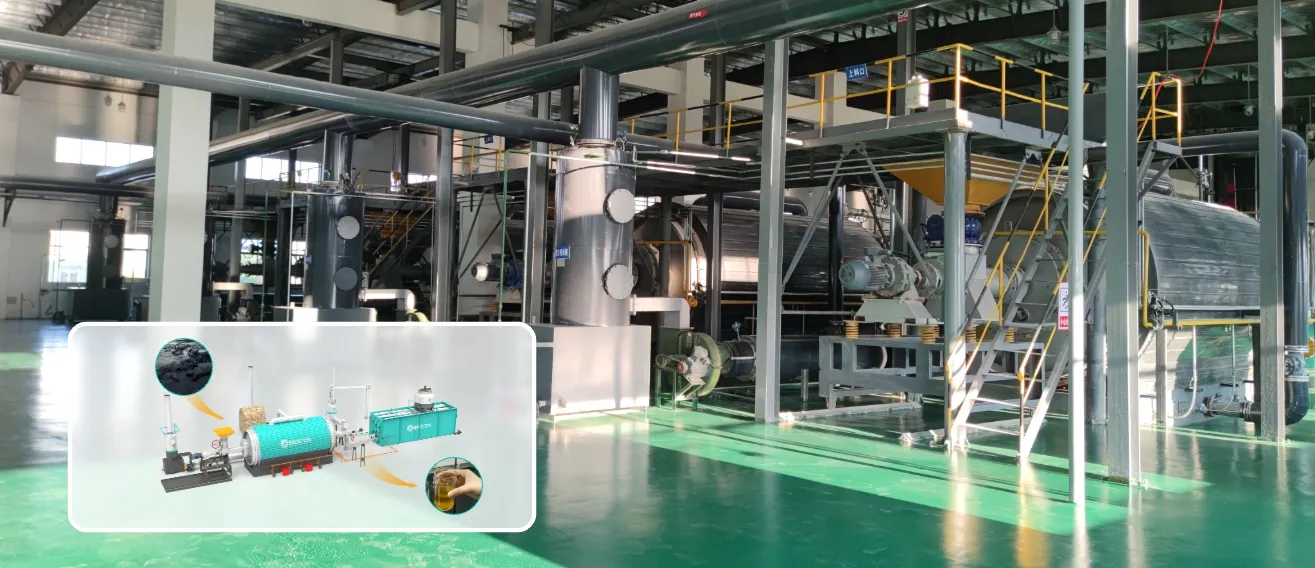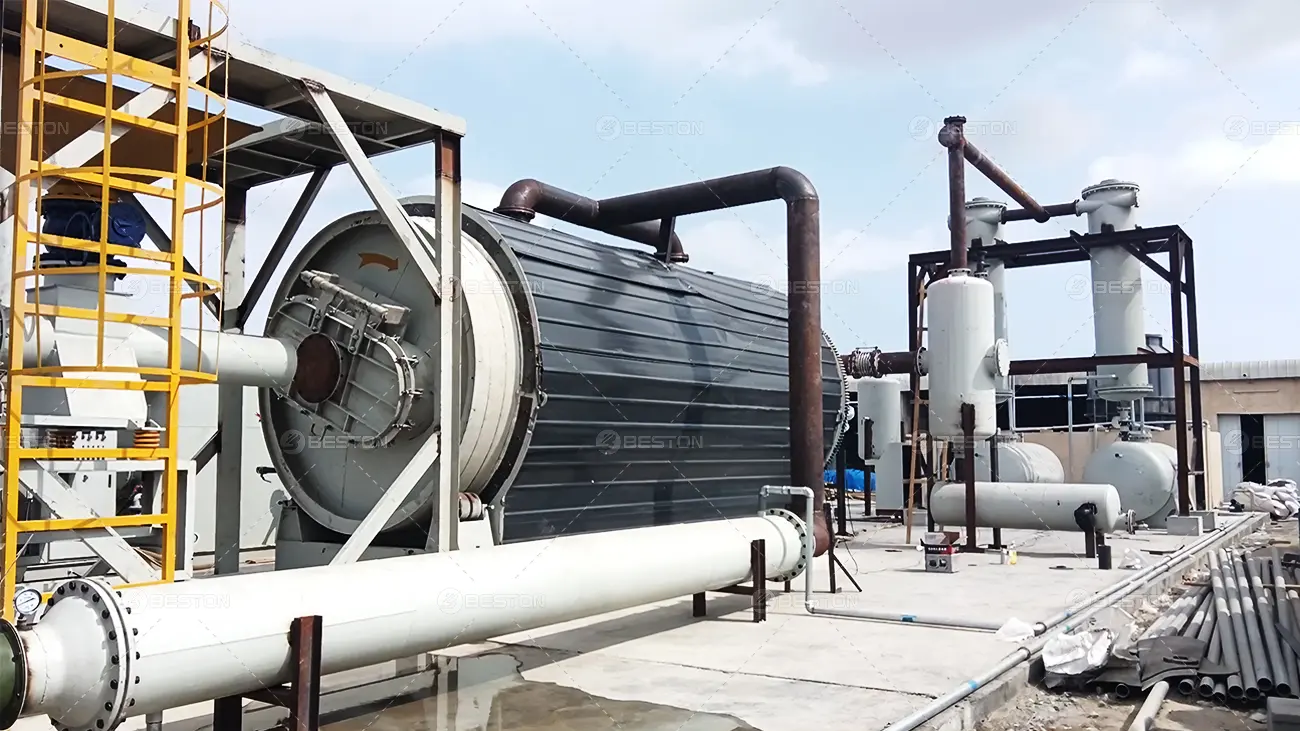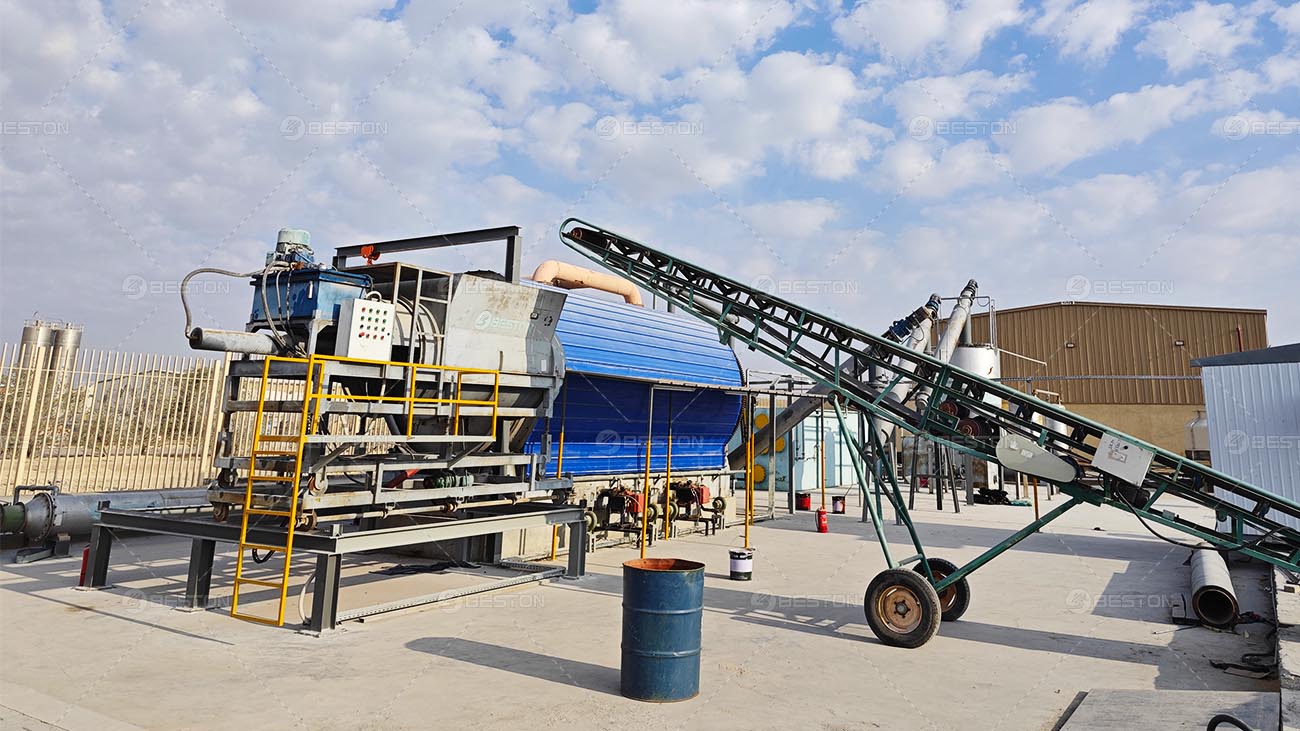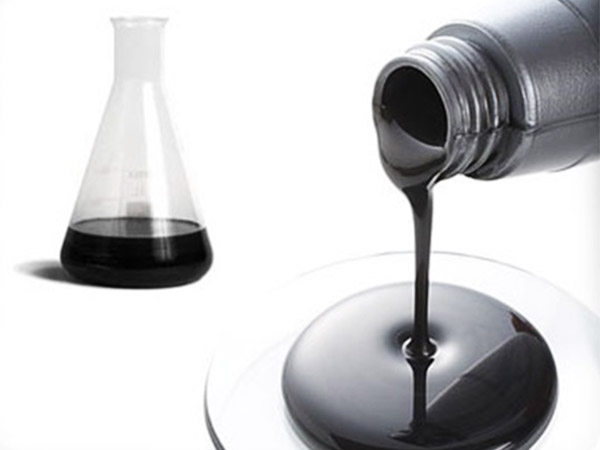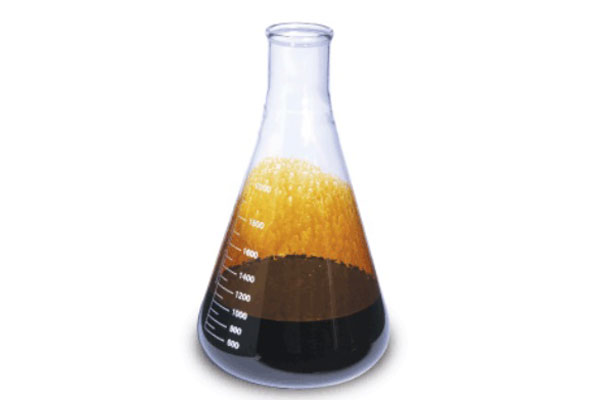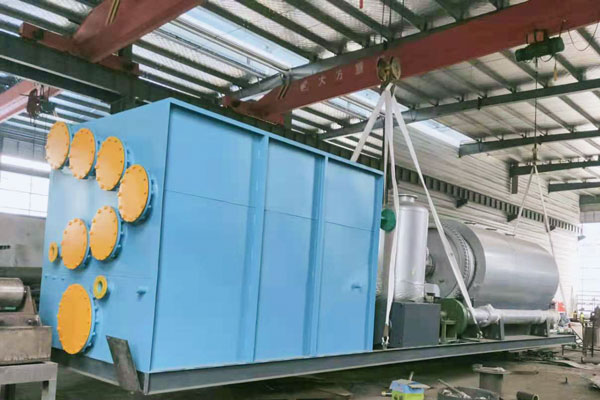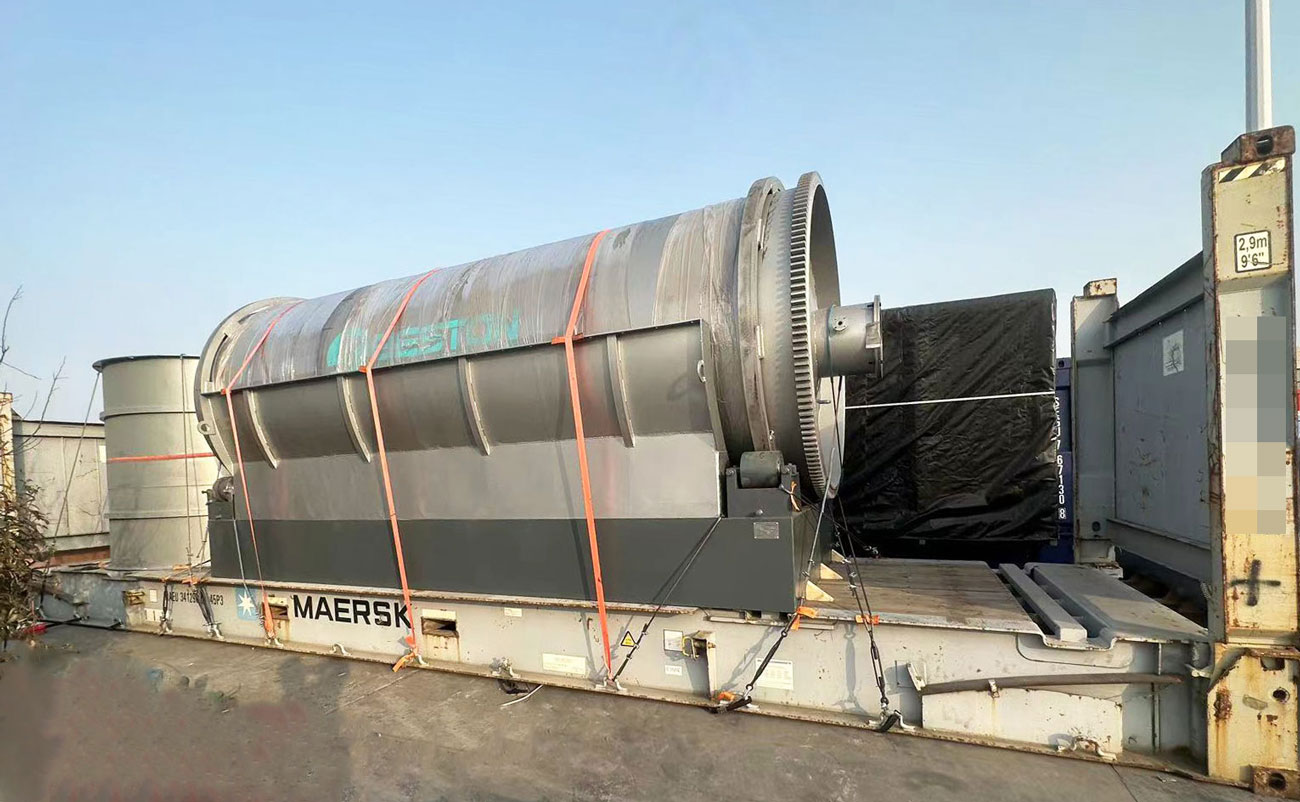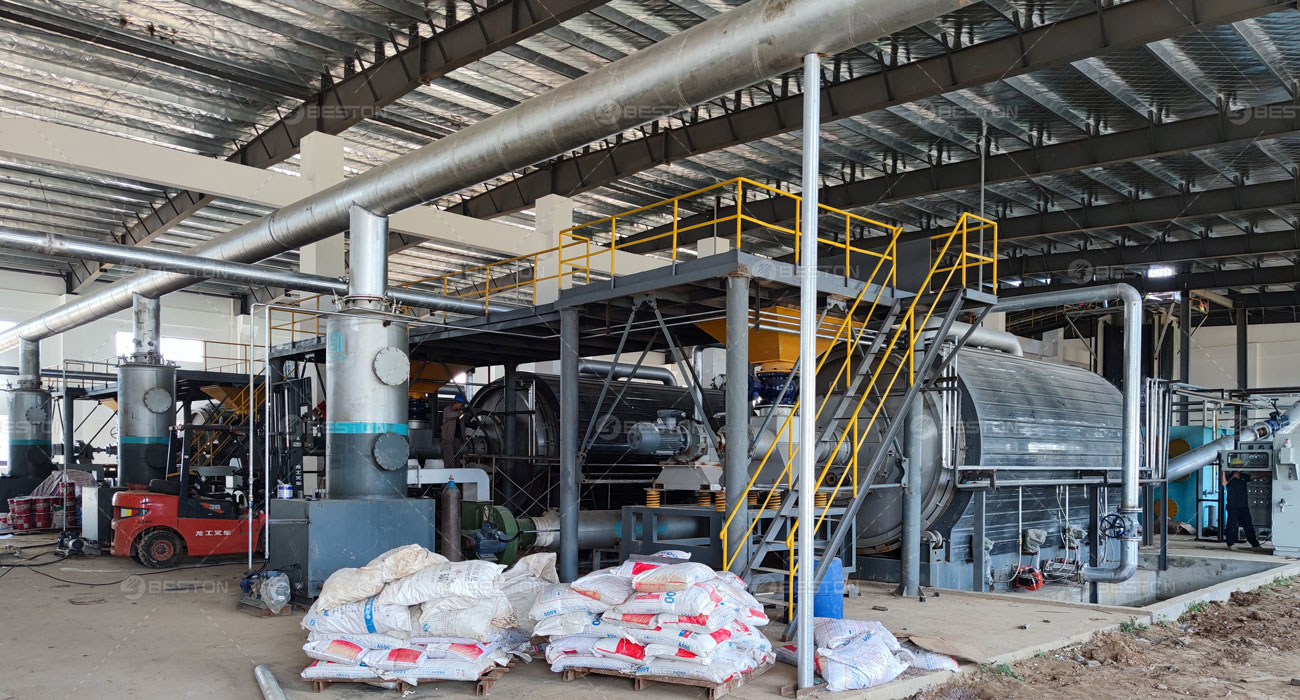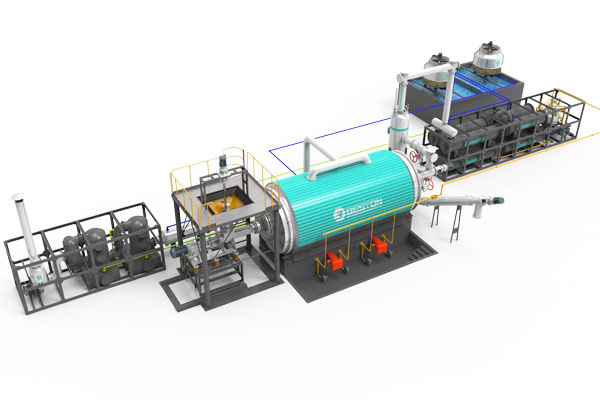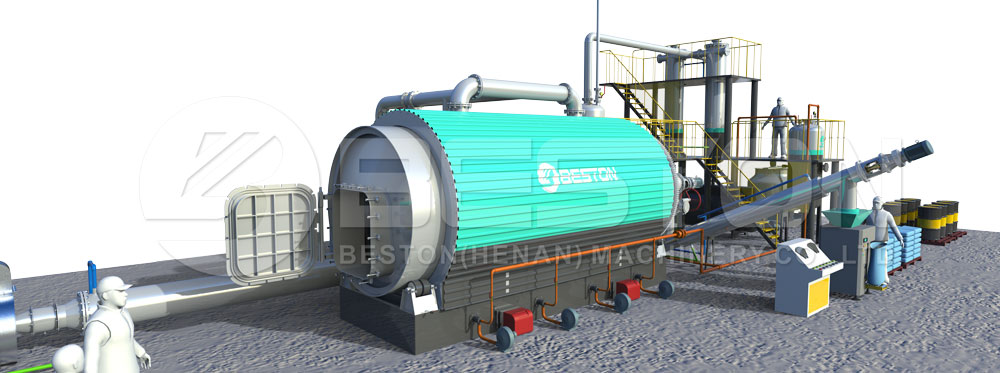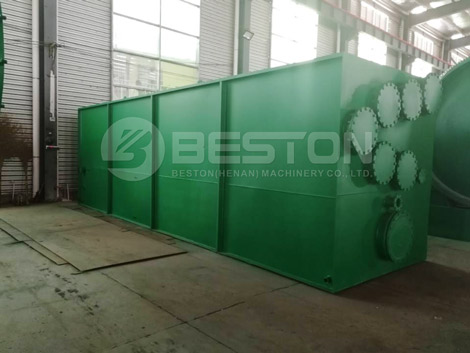In the face of global waste management challenges and the urgent need for alternative energy sources, scientists and industries are turning to innovative thermal conversion technologies. Among these, pyrolysis has emerged as one of the most promising solutions. By heating organic waste materials in the absence of oxygen, pyrolysis converts waste into usable products such as oil, gas, and carbon black. This process not only minimizes landfill waste but also supports a circular economy model where discarded materials are given a new purpose.
Understanding the Pyrolysis Process
Pyrolysis is a thermochemical process that breaks down complex organic molecules into simpler compounds through high-temperature decomposition. When plastic, rubber, or biomass waste is subjected to pyrolysis, it transforms into liquid oil, syngas, and solid residues. The resulting oil can be further refined and used as a substitute for conventional fuels. This method stands out for its ability to handle various types of waste without releasing harmful emissions if properly managed.
Modern pyrolysis machinery integrates advanced temperature control systems and automated feeding designs, ensuring stable operation and efficient energy conversion. These systems are designed for long-term use, reducing operational costs and enhancing profitability for recycling plants. Moreover, pyrolysis machinery can be customized to process different feedstocks such as plastics, tires, or municipal solid waste, making it a versatile solution for many industries.

Turning Plastic Waste into Fuel
Plastic pollution is one of the most pressing environmental issues today. Billions of tons of plastic waste are produced annually, with only a small fraction recycled. The rest often ends up in landfills or oceans, where it persists for centuries. Pyrolysis provides a viable method to address this challenge by transforming discarded plastics into a valuable resource.
A plastic oil plant utilizes the pyrolysis process to convert mixed or single-type plastic waste into fuel oil. This oil can be refined for use in industrial furnaces, diesel engines, or even as raw material for producing new plastics. The environmental benefits are twofold: it prevents plastic waste from polluting ecosystems and generates a renewable energy source. Compared to incineration, pyrolysis produces significantly fewer greenhouse gases and toxic byproducts, making it a cleaner alternative.

Recovering Energy from Used Tyres
Another major application of pyrolysis is in the recycling of end-of-life tyres. Every year, millions of tonnes of used tyres are discarded worldwide, posing fire hazards and environmental risks. Through pyrolysis, these rubber wastes can be transformed into oil, gas, and carbon black—all of which have commercial value.
A tyre oil plant efficiently converts scrap tyres into liquid fuel oil. This oil has a high calorific value and can be used as a replacement for diesel or heating oil. The process also produces recovered carbon black, which is used in the manufacturing of rubber products, inks, and coatings. By integrating this technology, waste management industries can achieve both environmental protection and economic gains.

Environmental and Economic Benefits
The environmental benefits of pyrolysis technology are significant. It reduces landfill waste, lowers greenhouse gas emissions, and decreases dependence on fossil fuels. Additionally, the process recovers valuable byproducts that can be sold or reused, contributing to the profitability of recycling operations.
From an economic perspective, pyrolysis plants create opportunities for green jobs and sustainable business models. By converting local waste into fuel, communities can reduce import reliance and enhance energy security. Furthermore, governments and private investors are increasingly supporting pyrolysis-based projects due to their long-term environmental and financial advantages.
The Path Toward a Circular Economy
Pyrolysis technology represents a key step toward establishing a circular economy. Instead of disposing of waste after single use, materials are continuously repurposed and reintegrated into the production cycle. This approach not only conserves natural resources but also encourages sustainable growth.
As research continues to improve the efficiency and scalability of pyrolysis systems, more industries are likely to adopt this eco-friendly process. Innovations in automation, emission control, and energy recovery are making these systems more viable and cost-effective than ever before. For comprehensive details, connect with Beston Group.
Conclusion: A Greener Future Through Innovation
The conversion of waste into oil through pyrolysis is redefining how societies perceive waste and energy. It transforms an environmental burden into a sustainable resource, aligning economic development with ecological responsibility. As the world moves toward renewable solutions and responsible consumption, pyrolysis technology will undoubtedly play a central role in building a cleaner, greener future.
